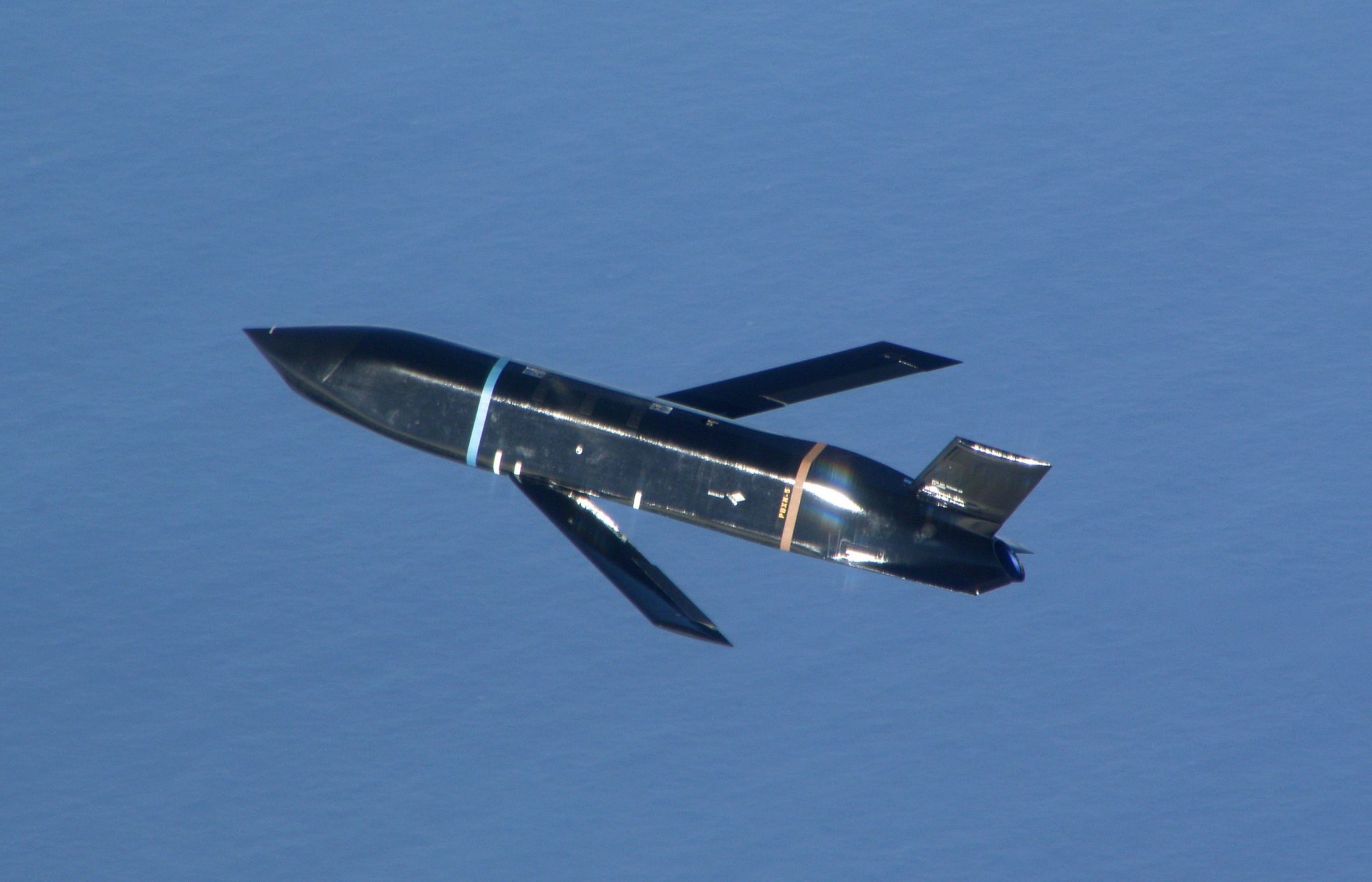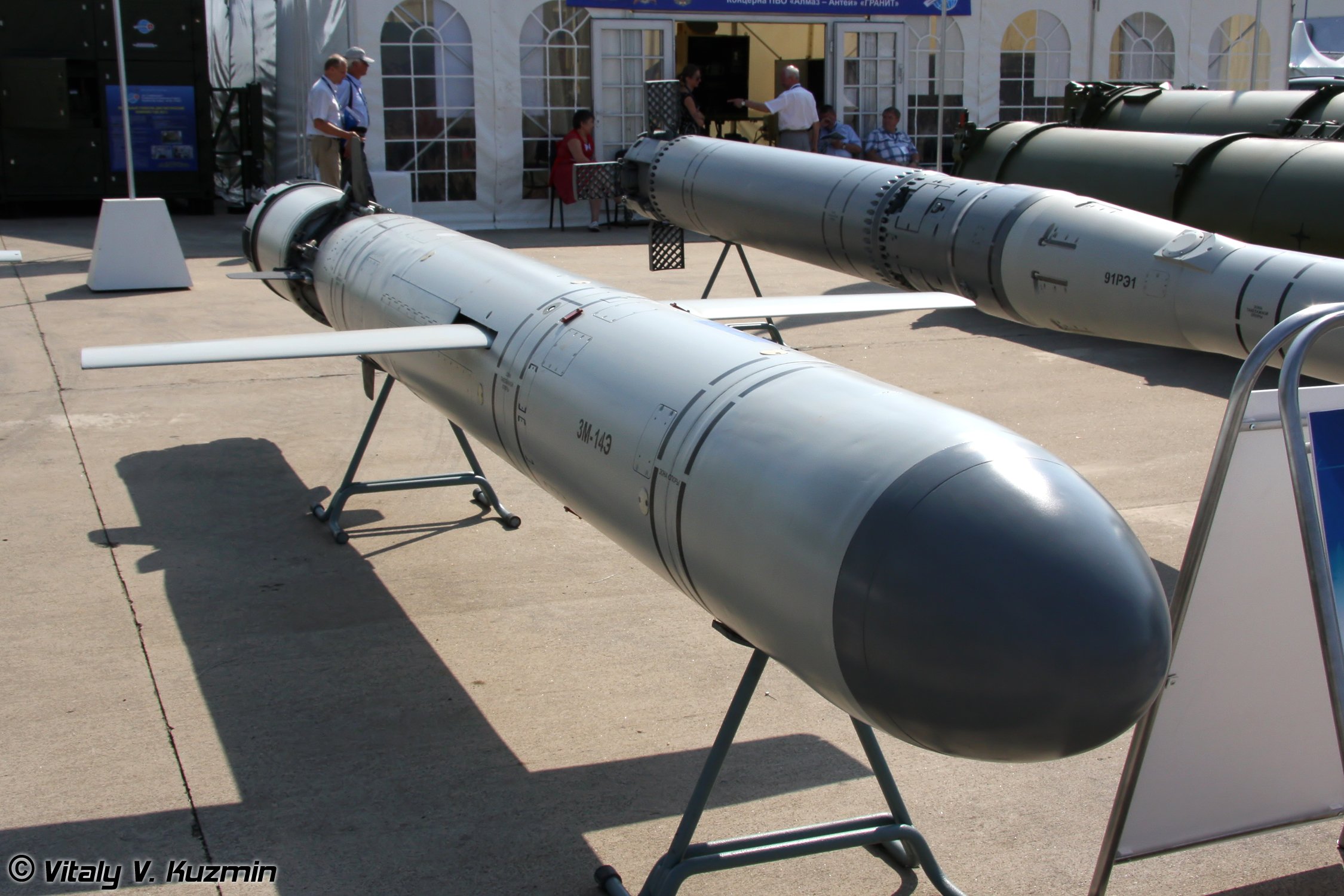Table Of Content

For the foreseeable future, in the strategic ballistic missile versus missile defense competition, offense will win. The U.S. Air Force has awarded Raytheon Technologies $2 billion to develop the Pentagon's new air launched nuclear cruise missile. The output from the studies will support the forthcoming MoD combined operational effectiveness and investment appraisal (COEIA).
AGM-86B
A Better Case for SLCM-N Proceedings - April 2024 Vol. 150/4/1,454 - USNI News
A Better Case for SLCM-N Proceedings - April 2024 Vol. 150/4/1,454.
Posted: Sun, 31 Mar 2024 13:32:09 GMT [source]
Options being evaluated for the FOAS Manned Aircraft included variants of developed aircraft such as the Eurofighter and the Joint Strike Fighter (JSF), rather than dedicated new build design aircraft. The manned aircraft would operate in long range, low level missions, using stealth technologies and terrain screening. Electronic warfare research areas being examined included multisensor data fused networks, more powerful radar and countermeasures processors, and the frequency dependence of stealth technologies, sensors and decoys. The small, winged AGM-86B/C/D missile is powered by a turbofan jet engine that propels it at sustained subsonic speeds. After launch, the missile's folded wings, tail surfaces and engine inlet deploy. The AGM-86B is then able to fly complicated routes to a target through use of a terrain contour-matching guidance system.
Future of the ALCM
A subsonic cruise missile flying a straight flight path and unable to take evasive action would prove easy meat to any enemy interceptor that happened upon it. The first modern cruise missile, the American-made Tomahawk, was designed to fly low, less than 100 meters above the ground. This limited the range at which ground-based radars could detect a cruise missile, as radar waves conform to the curvature of Earth.
Future operators
This eliminated the need for ALCM to fit in the B-1's bomb bay, and the length limitations that implied. The Air Force decided to cancel production of the A-model ALCM, and replace it with either an air-launched version of the SLCM, or the ERV. The ERV flew in August 1979, and was declared the winner of the head-to-head fly-off against the SLCM in March 1980. The first example, similar to the original SCAD in most ways, flew for the first time in March 1976, and its new guidance system was first tested that September. The U.S. Air Force’s new nuclear cruise missile will cost at least $29 billion to develop, procure, operate and sustain, a Pentagon evaluation found.
Ukraine's dwindling air defense now facing Russia's new Kh-69 missiles: ISW - Business Insider
Ukraine's dwindling air defense now facing Russia's new Kh-69 missiles: ISW.
Posted: Sat, 13 Apr 2024 07:00:00 GMT [source]
The ALCM traces its history to the ADM-20 Quail missile, which began development in February 1956. The small jet-powered drone aircraft had a simple inertial navigation system (INS) that allowed it to fly a pre-programmed course that would make it visible to known Soviet defensive sites. A number of radar jammers and radar reflectors were intended to make it appear like a B-52 on a radar display.

Missile Threat brings together a wide range of information and analyses relating to the proliferation of cruise and ballistic missiles around the world and the air and missile defense systems designed to defeat them. Missile Threat is a product of the Missile Defense Project at the Center for Strategic and International Studies. The existence of this model became known only after its use in the 1991 Gulf War. Starting in 1986, a total of 622 AGM-86s were converted to the conventional configuration. Several different variations have been manufactured including Block 1/-1A and the AGM-86D (Block 2).
USAF Receives LRSO Cruise Missile Proposal
A lawyer for a military contractor being sued by three survivors of the notorious Abu Ghraib prison in Iraq says the... Israel expects its top ally, the United States, to announce that it’s blocking military aid to an Israeli army unit over... The Navy has admitted that all of its key shipbuilding programs -- from the new Columbia-class submarine to the new... Retrieving Mars soil and rocks has been on NASA’s to-do list for decades, but the date kept moving forward, as costs... The Pentagon could get weapons moving to Ukraine quickly if Congress passes a long-delayed aid bill because it has a network... Ukrainian forces used self-propelled artillery in an effort to push Russian forces further away from the country's second largest...
More Projects
The United States, Russia, North Korea, India, Iran, South Korea, Israel, France, China and Pakistan have developed several long-range subsonic cruise missiles. These missiles have a range of over 1,000 kilometres (620 mi) and fly at about 800 kilometres per hour (500 mph).[37] They typically have a launch weight of about 1,500 kilograms (3,300 lb)[38] and can carry either a conventional or a nuclear warhead. Earlier versions of these missiles used inertial navigation; later versions use much more accurate TERCOM and DSMAC systems.
Problematic development
Air Force retired its final Conventional Air-Launched Cruise Missile (CALCM), a long-range cruise missile carried by the B-52 bomber. Developed in the 1970s, the CALCM first saw combat use during the Gulf War of 1991, and was employed in major combat operations including Allied Force, Enduring Freedom, and Iraqi Freedom.... Meanwhile, the Air Force had also issued a requirement for a version with a much longer 1,500 nautical miles (2,800 km; 1,700 mi) range. This would allow the bombers to launch their missiles from far off the Russian coast, placing it outside the range of the interceptors as well.
WASHINGTON — The U.S. Air Force has for the first time in an overseas test used its Rapid Dragon system, in which cruise missiles on pallets are launched from the back of a mobility aircraft. An enemy force would have to counterattack each of the missiles, making defense against them costly and complicated. The enemy's defenses are further hampered by the missiles' small size and low-altitude flight capability, which makes them difficult to detect on radar.
The AGM-86C/D uses an onboard Global Positioning System coupled with its inertial navigation system to fly. Looking for another solution to the Soviet SAM problem, in 1964 the Air Force began developing a new system that would directly attack the missile sites rather than confuse them. This emerged as the AGM-69 SRAM, with a range of about 50 nautical miles (93 km; 58 mi), allowing it to be launched from outside the roughly 20 nautical miles (37 km; 23 mi) range of the SA-2 Guideline missiles it faced. Flying at Mach 3, it quickly flew out in front of the bombers, reaching the missile site before the bomber flew into the range of the SA-2. That’s $2 billion more than the service’s estimate, with the major difference stemming from the development and procurement phases for as many as 1,020 of the air-launched missiles, known as the Long-Range Standoff Weapon. The Pentagon’s Cost Assessment and Program Evaluation office estimated $16.2 billion for those parts of the program, compared with $14.2 billion projected by the Air Force, according to figures obtained by Bloomberg News.
B-52H bombers carry six AGM-86B or AGM-86C missiles on each of two externally mounted pylons and eight internally on a rotary launcher, giving the B-52H a maximum capacity of 20 missiles per aircraft. It entered operational use on the B-52H in August 1981 and became its primary weapon in December 1982. The air-launched cruise missile had become operational four years earlier, in December 1982. More than 100 launches have taken place since then, with a 90% approximate success rate. For this role, the accuracy of the original INS guidance hardware was not enough.
Scheduled for May 2021, about nine months earlier than expected, the pending authorization would officially create a program of record for the multibillion dollar nuclear... India is currently developing hypersonic BRAHMOS-II which is going to be the fastest cruise missile. These missiles are about the same size and weight and fly at similar speeds to the above category. But as the cruise missile is now in its fifth decade of use, there are signs it’ll need some adjustments to stay relevant on the modern battlefield. AMC Commander Gen. Mike Minihan tells Aerospace DAILY that he wants Rapid Dragon’s capability included in everything the command does, largely because of the dilemmas it could create for an enemy.
The CALCM became operational in January 1991 at the onset of Operation Desert Storm. Seven B-52s, from Barksdale AFB, La., launched 35 missiles at designated launch points in the U. S. Central Command's area of responsibility to attack high-priority targets in Iraq. These "round-robin" missions marked the beginning of the air campaign for Kuwait's liberation and are the longest known aircraft combat sorties up to that time (more than 14,000 miles and 35 hours of flight). Seven B-52Gs from Barksdale AFB launched 35 missiles at designated launch points in the U.S.
Originally designed to deliver nuclear weapons at long distances, it’s become the go-to weapon for conventional precision strikes, and is currently front and center in Russia’s invasion of Ukraine. Cruise missiles are among a growing collection of North Korean weapons designed to overwhelm regional missile defenses. They supplement the North’s vast lineup of ballistic missiles, including intercontinental ballistic missiles aimed at the continental United States.

A hypersonic cruise missile travels at least five times the speed of sound (Mach 5). The slow, stubby-winged cruise missile has become a major part of modern warfare. Moreover, any adversary considering attacking them would have to calculate that such a nuclear strike on the U.S. heartland would ensure a nuclear response. In an ideal world, the U.S. could bargain with the other nuclear powers to gradually reduce—and even eliminate—nuclear weapons worldwide. An adversary must, however, recognize that America’s nukes are a threat in order to want to bargain to get rid of them.
